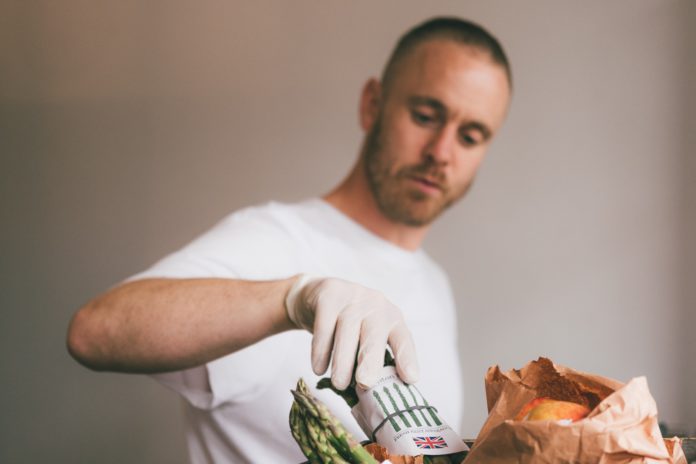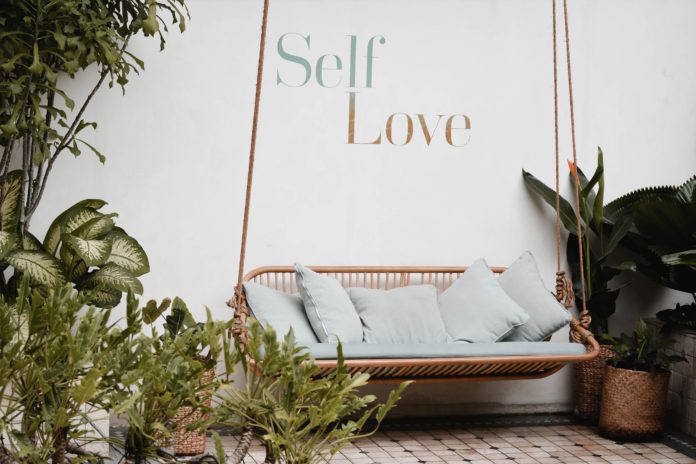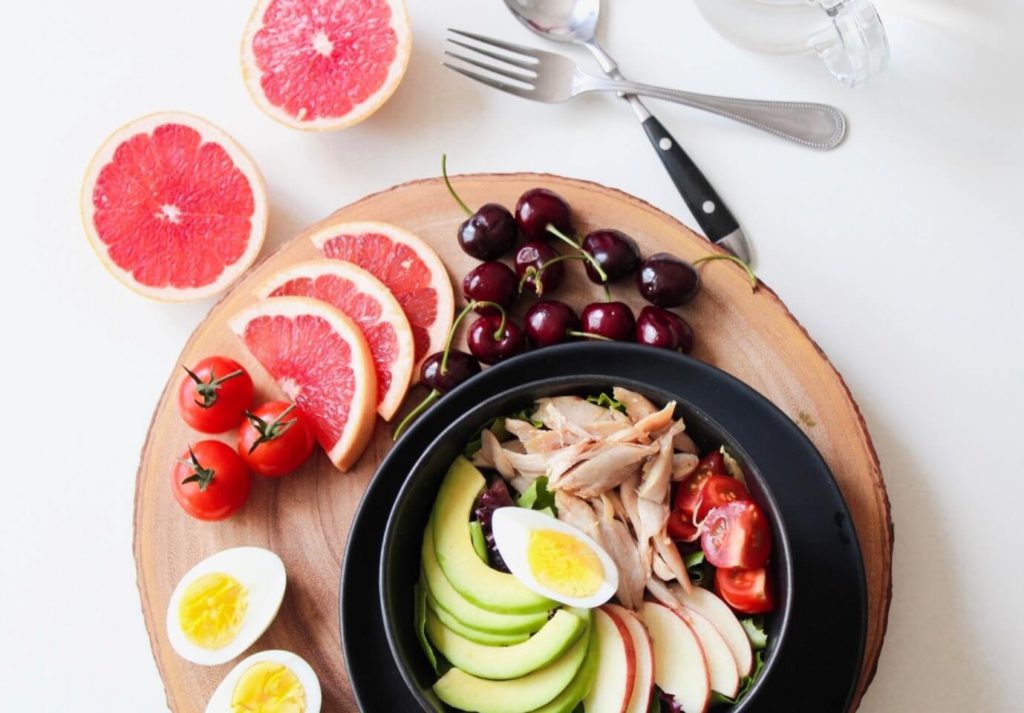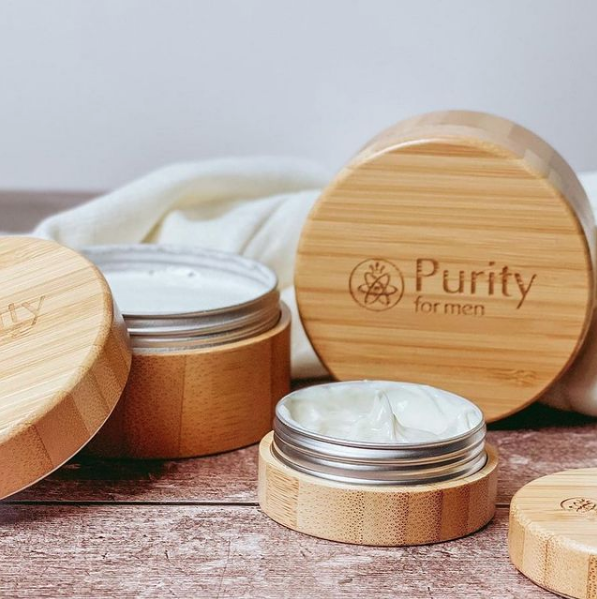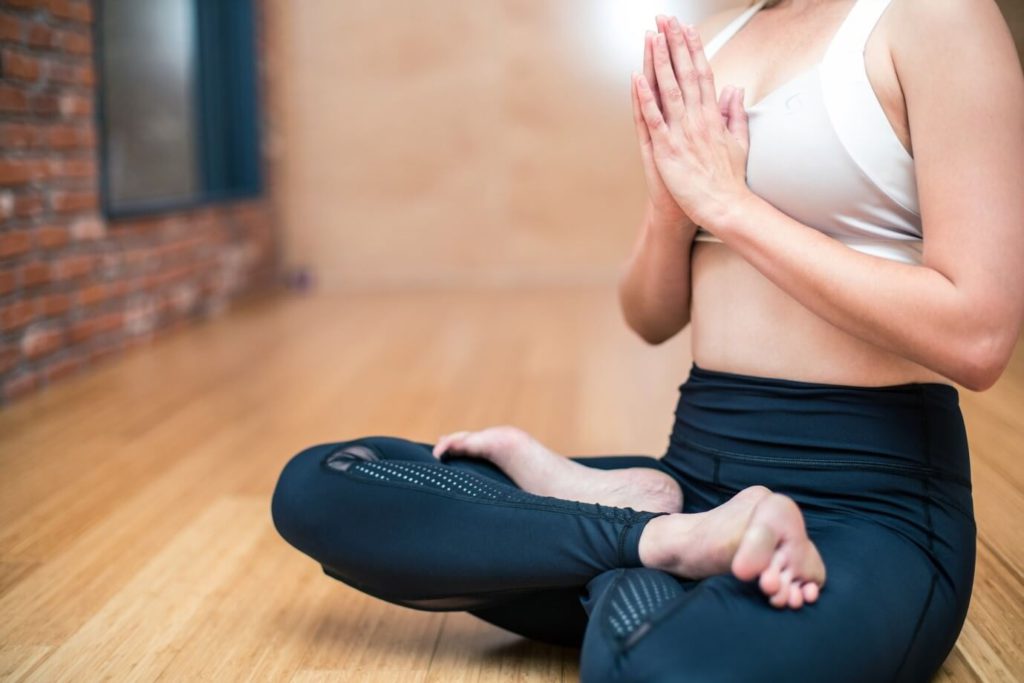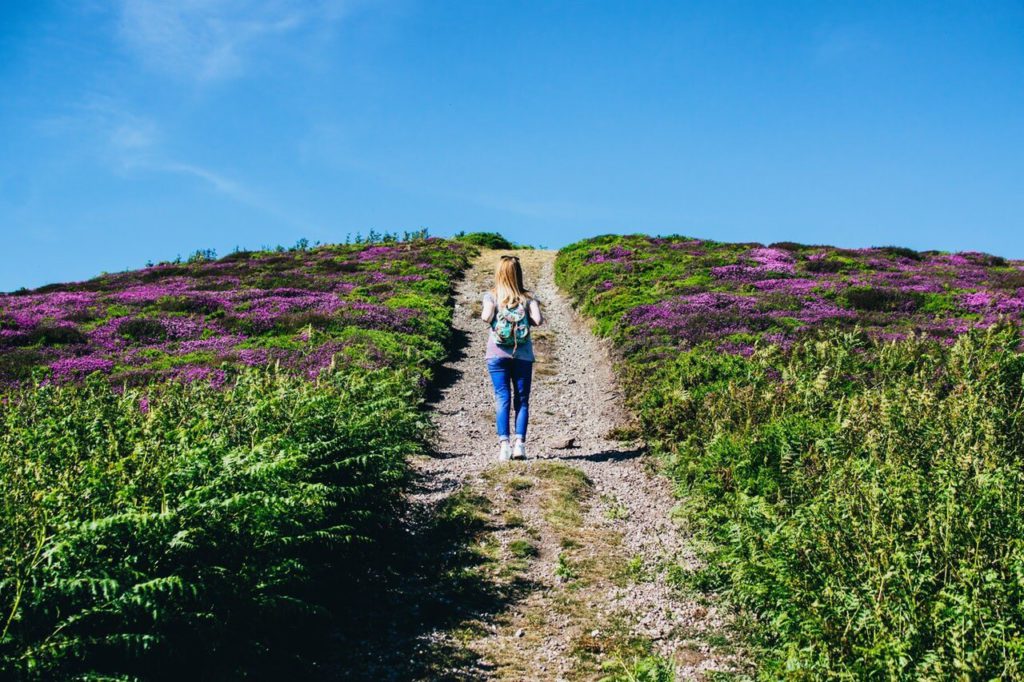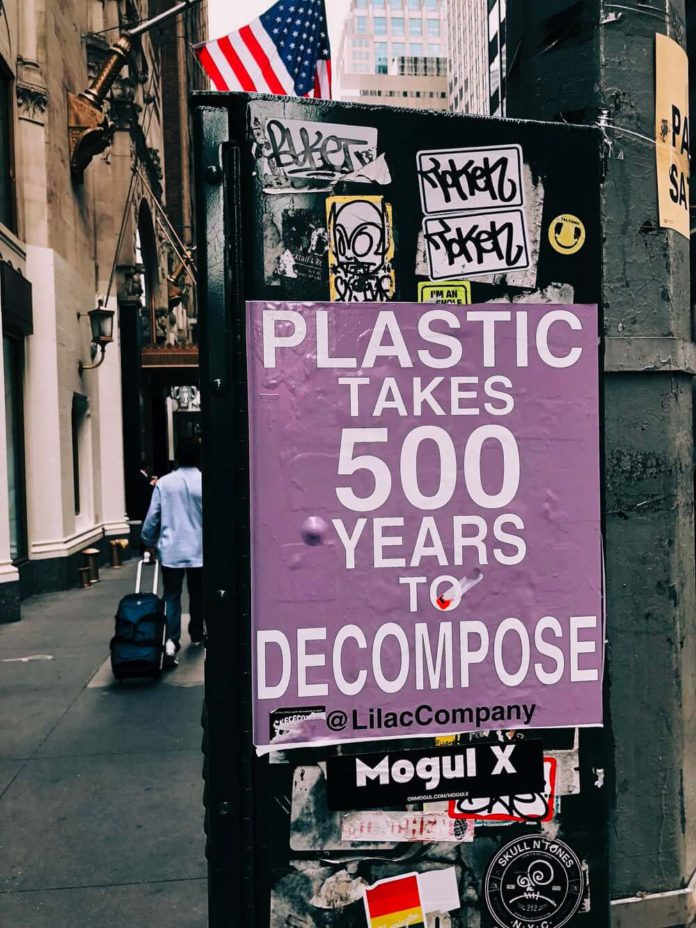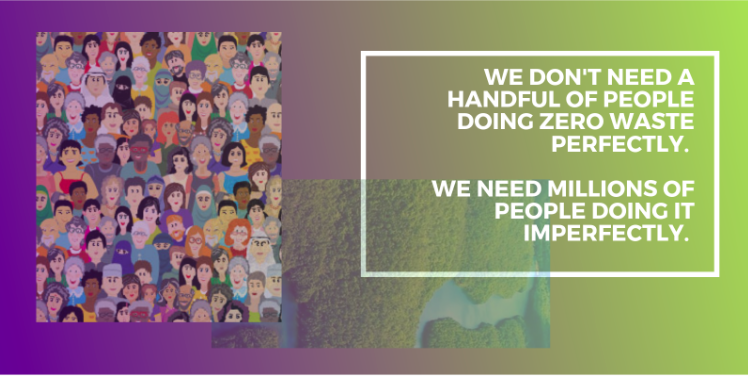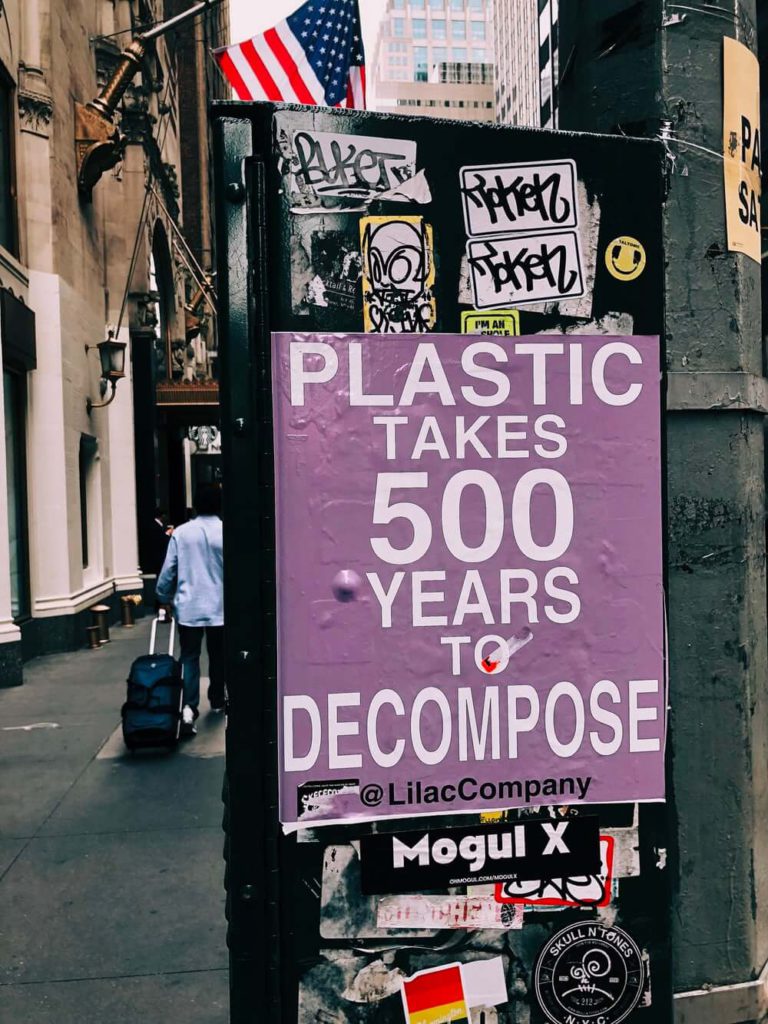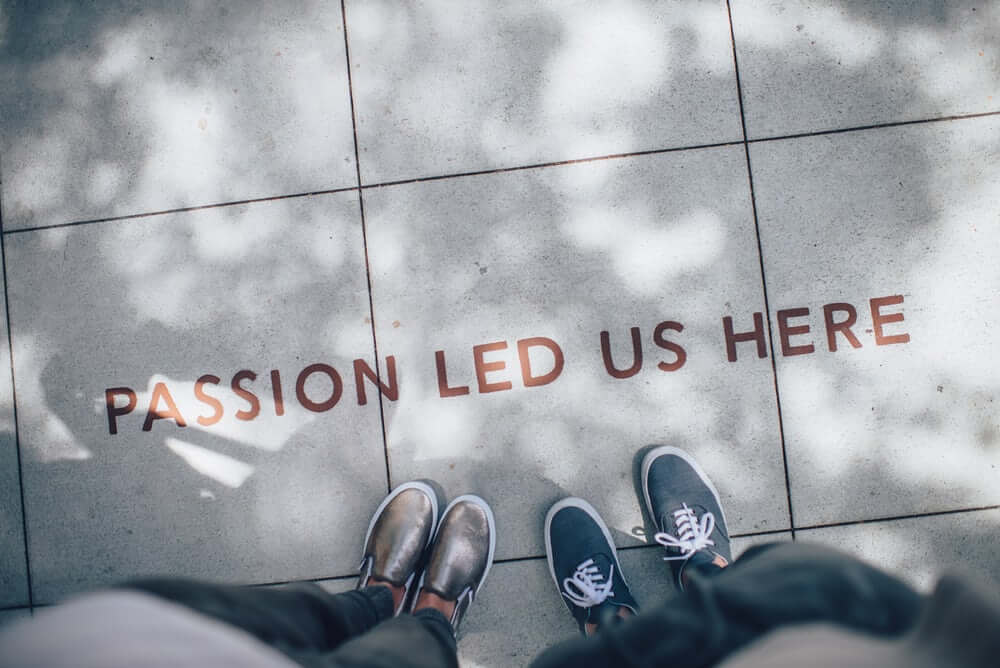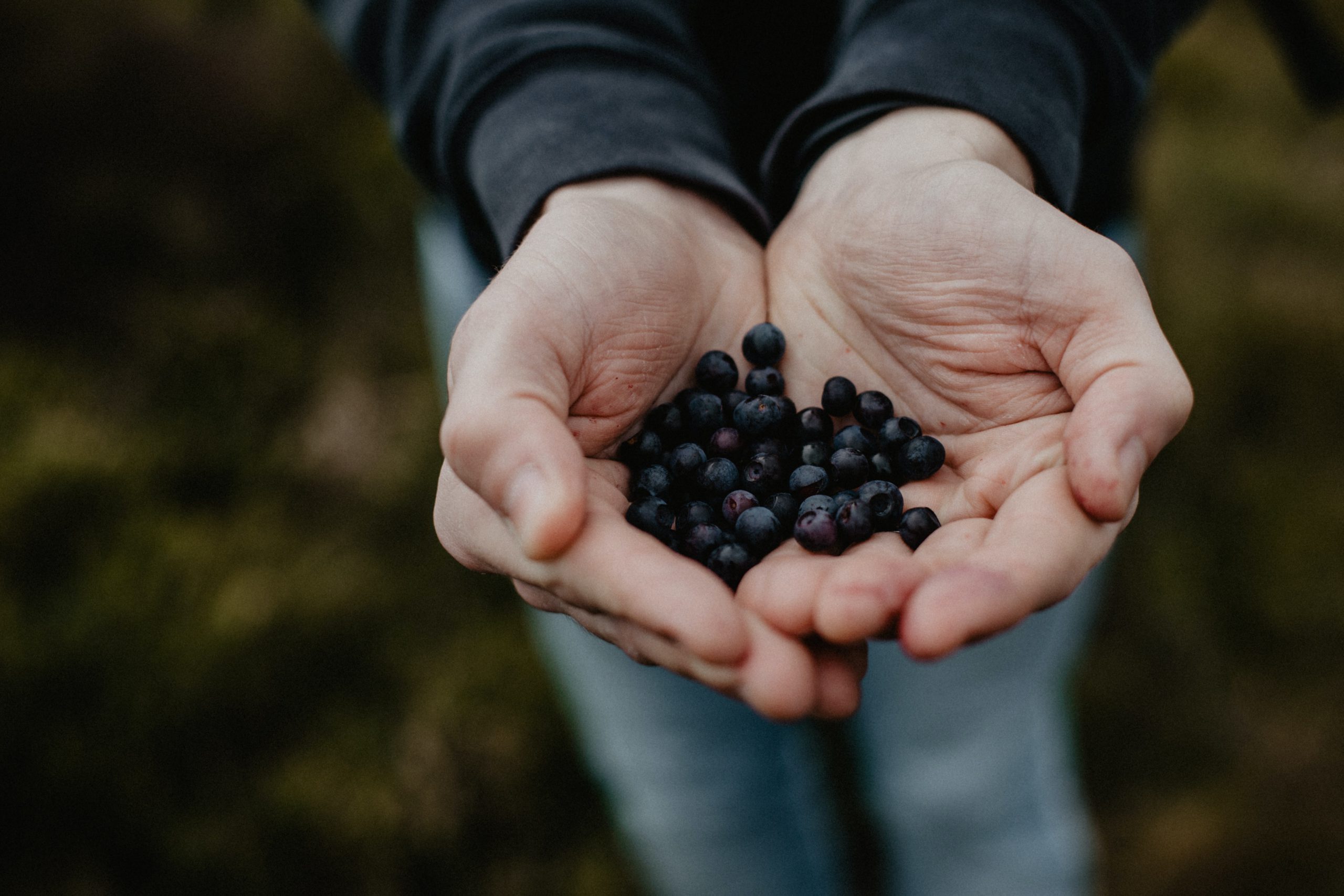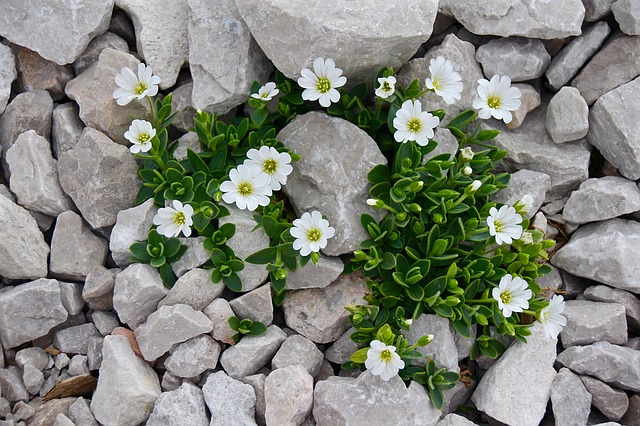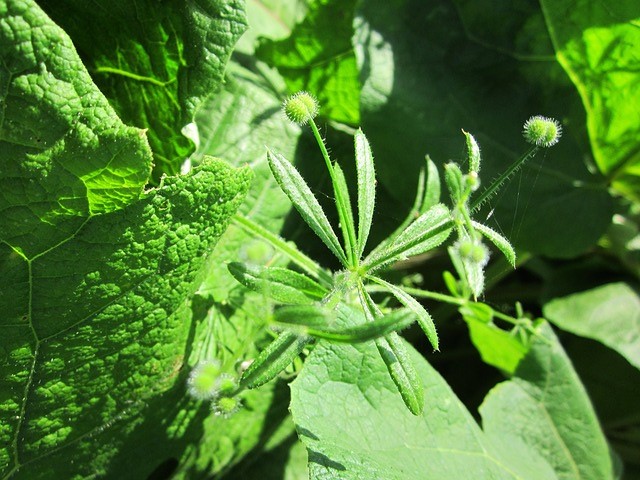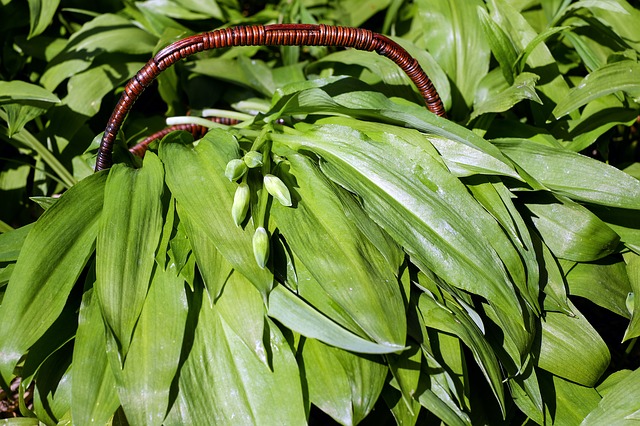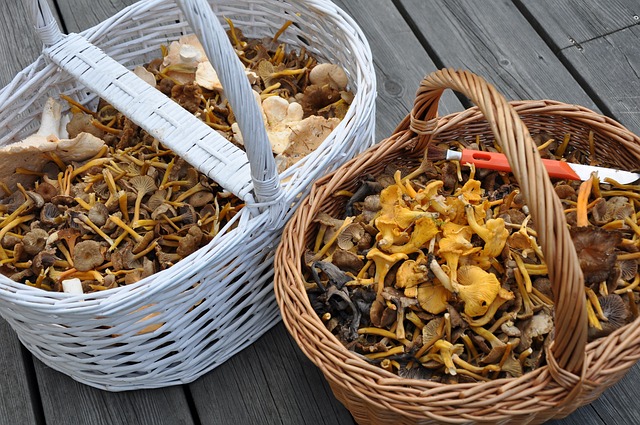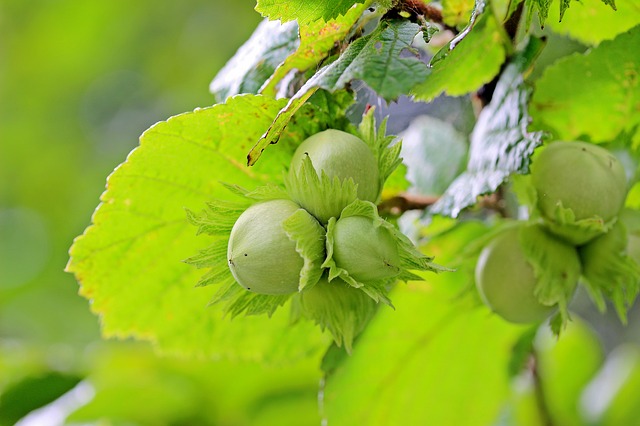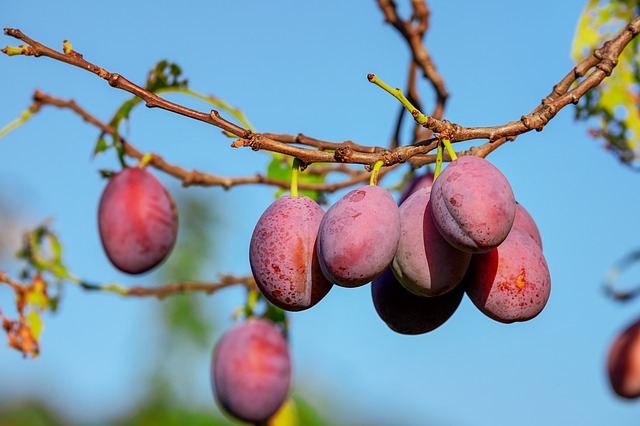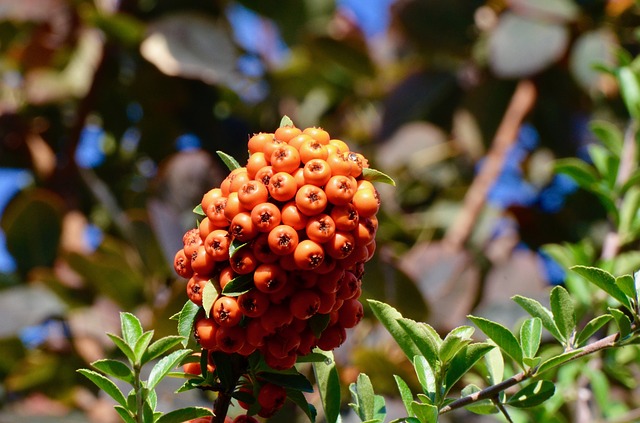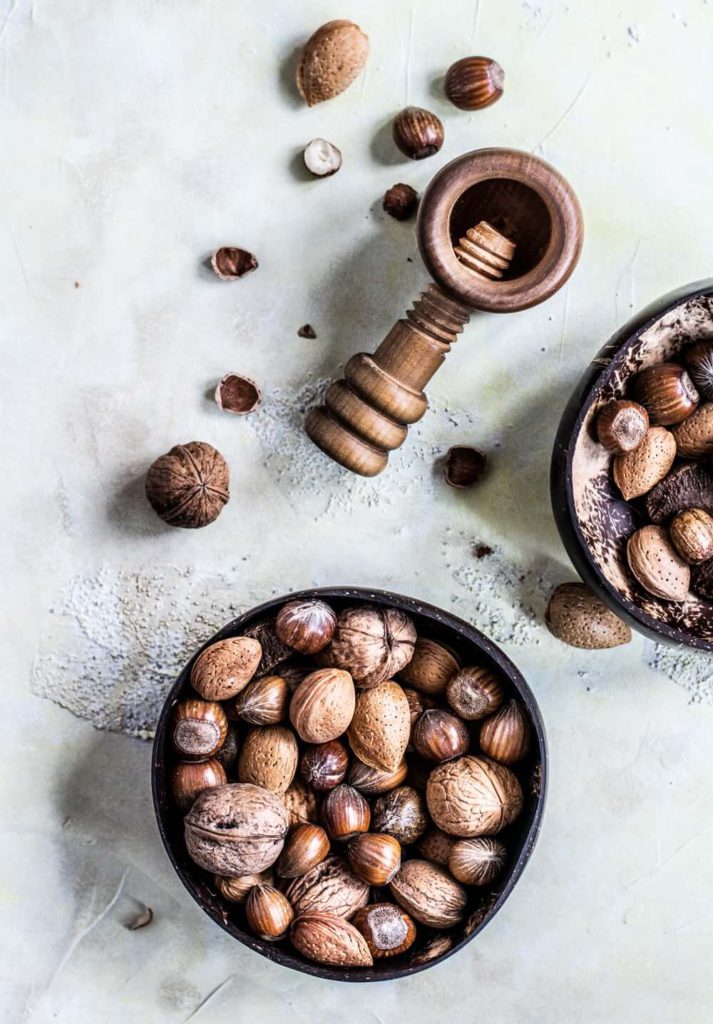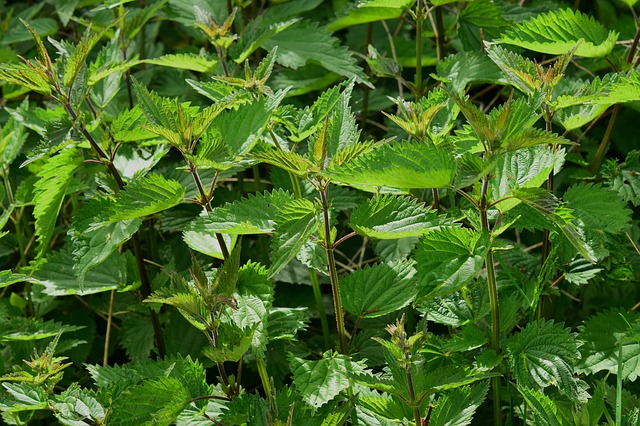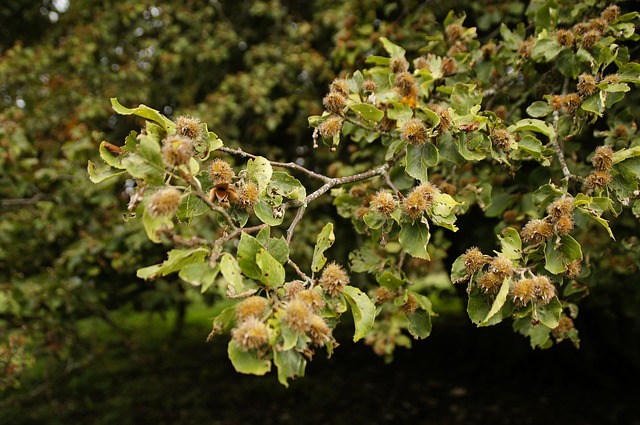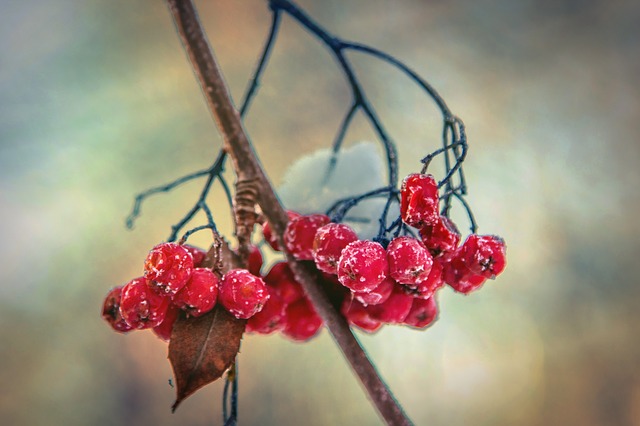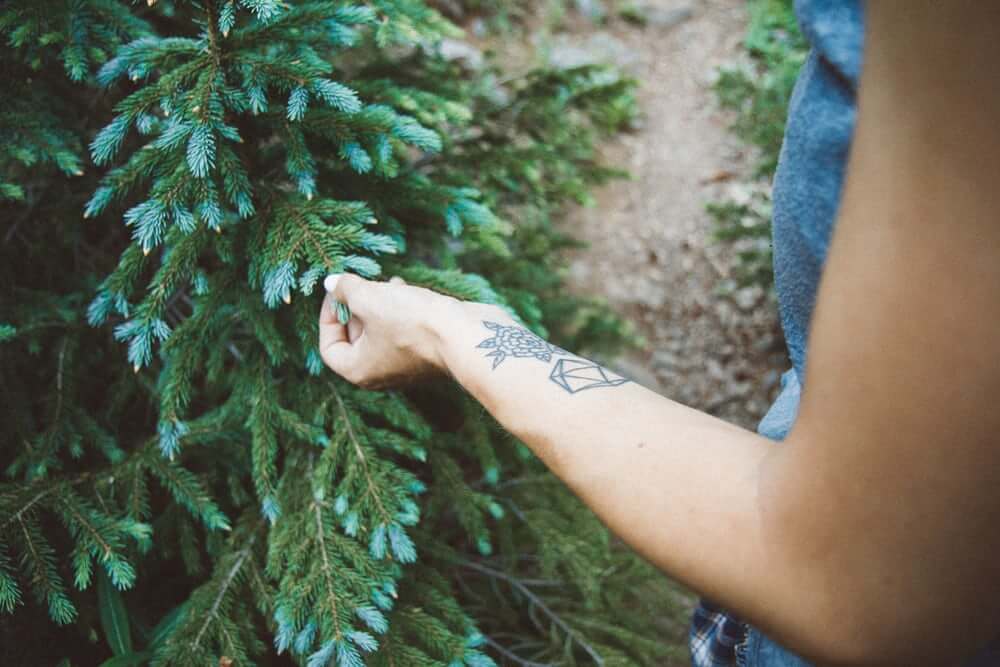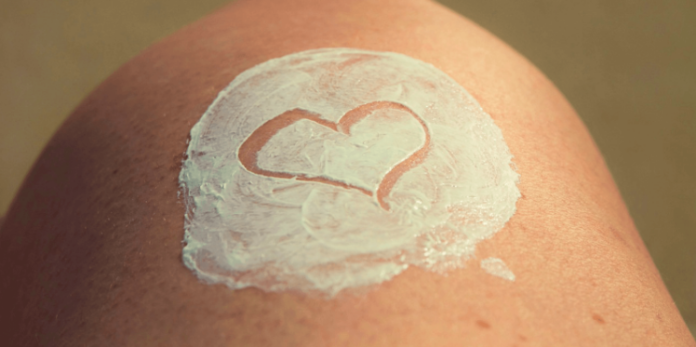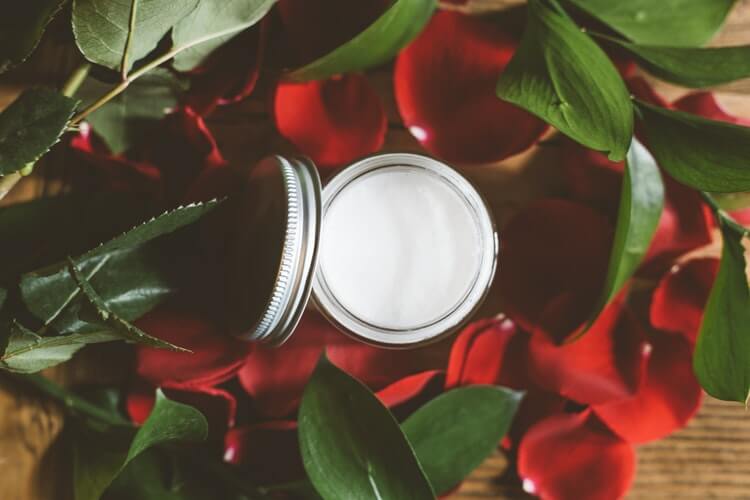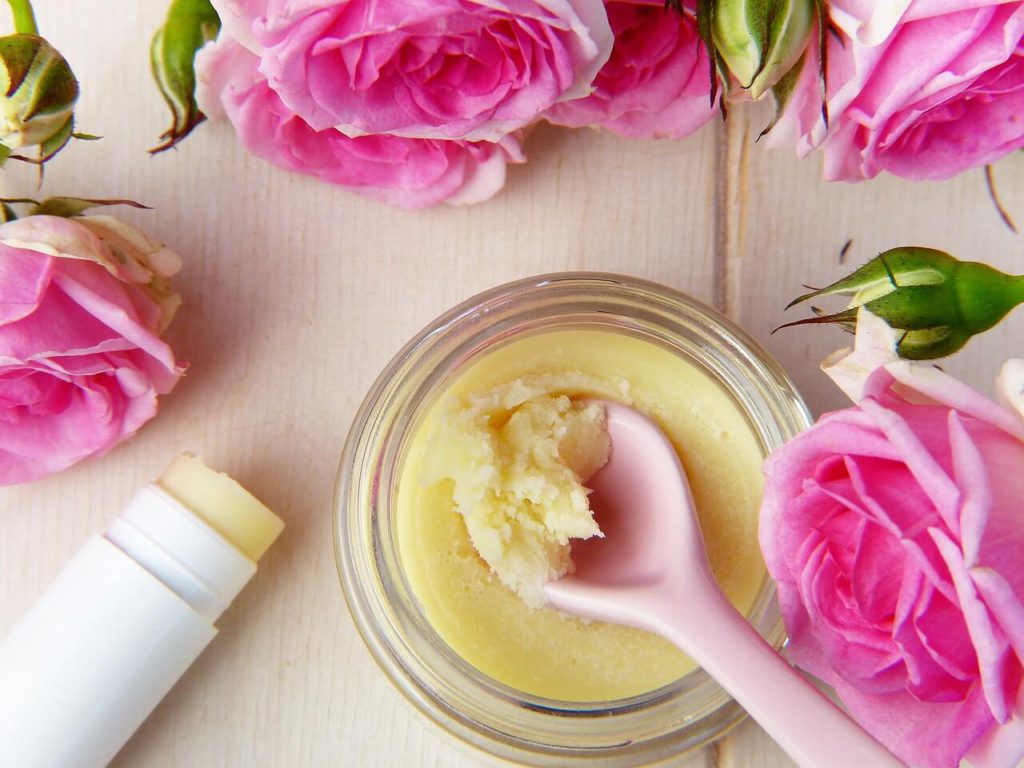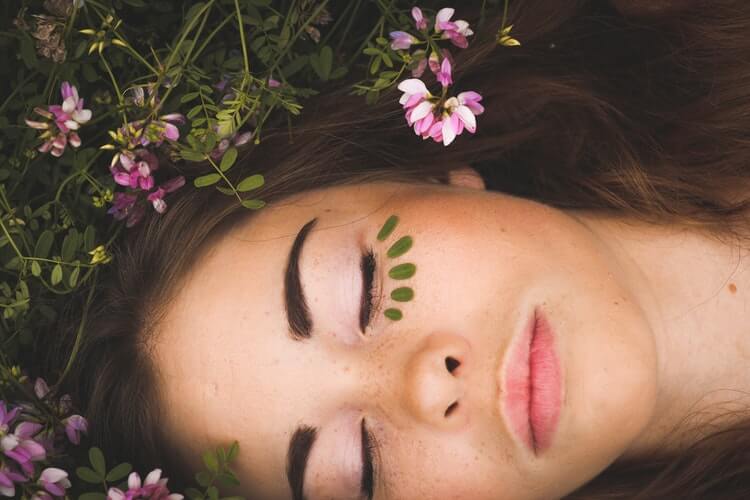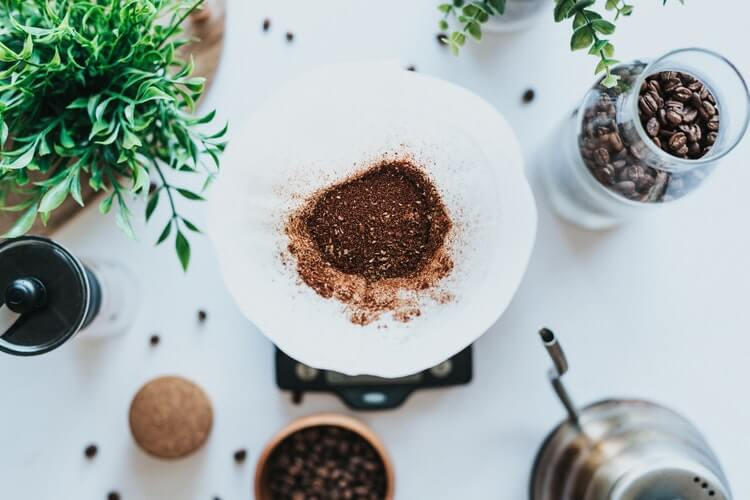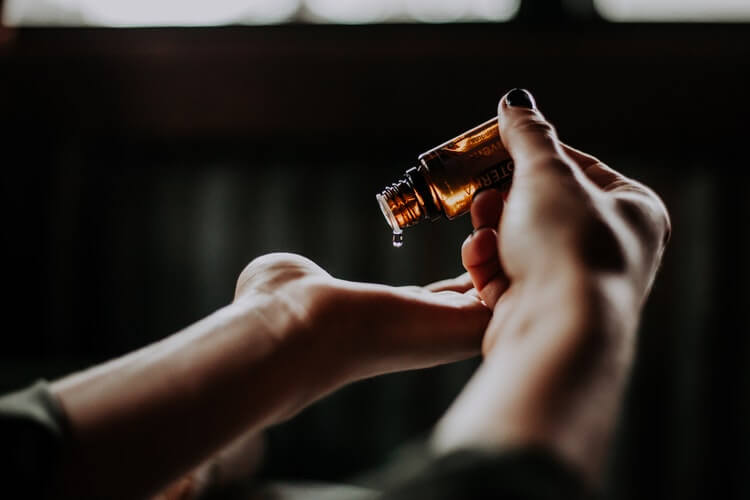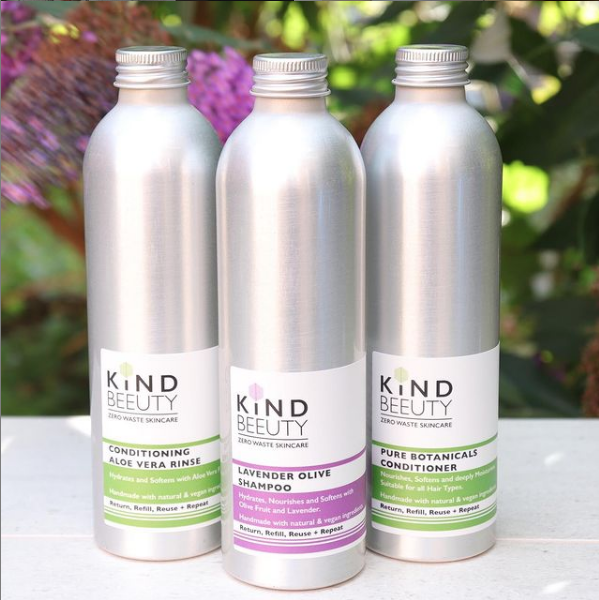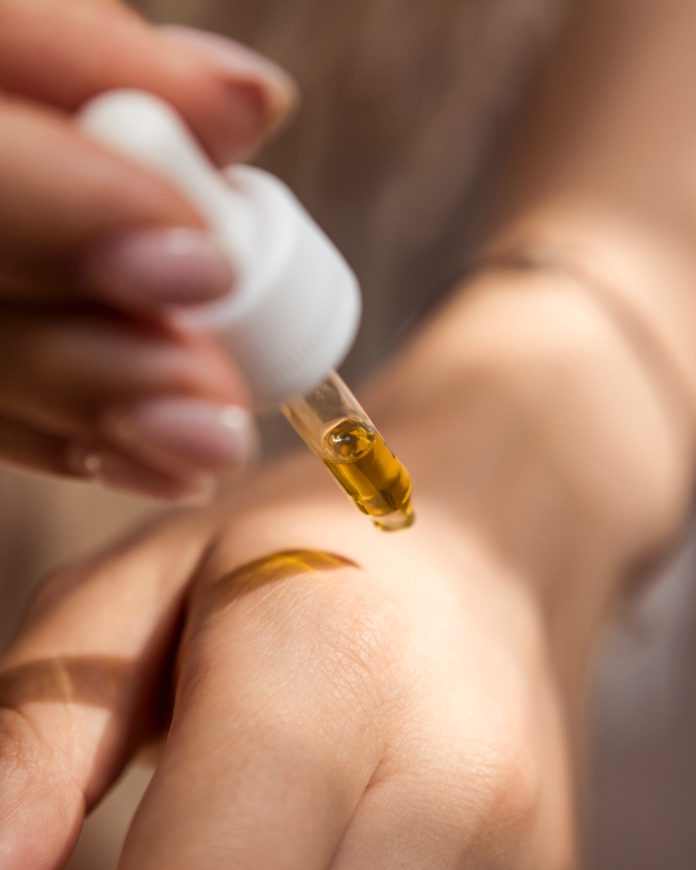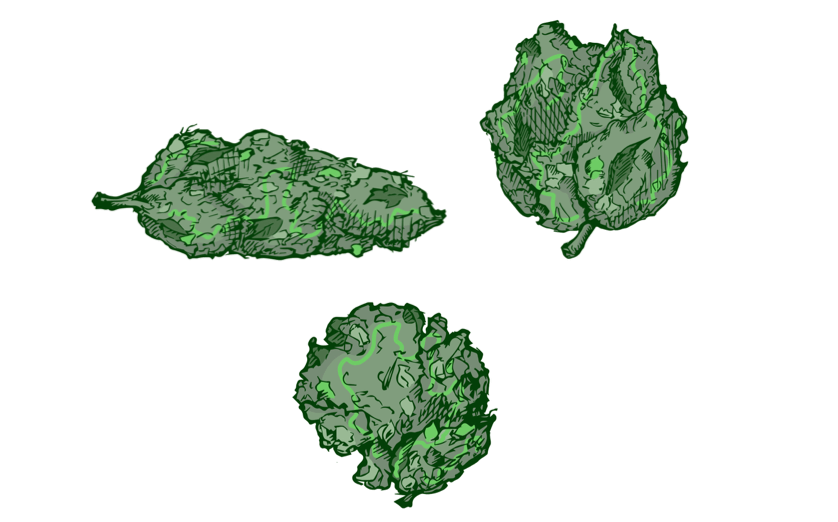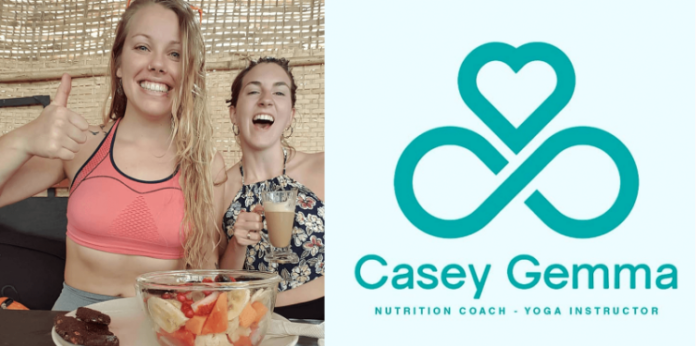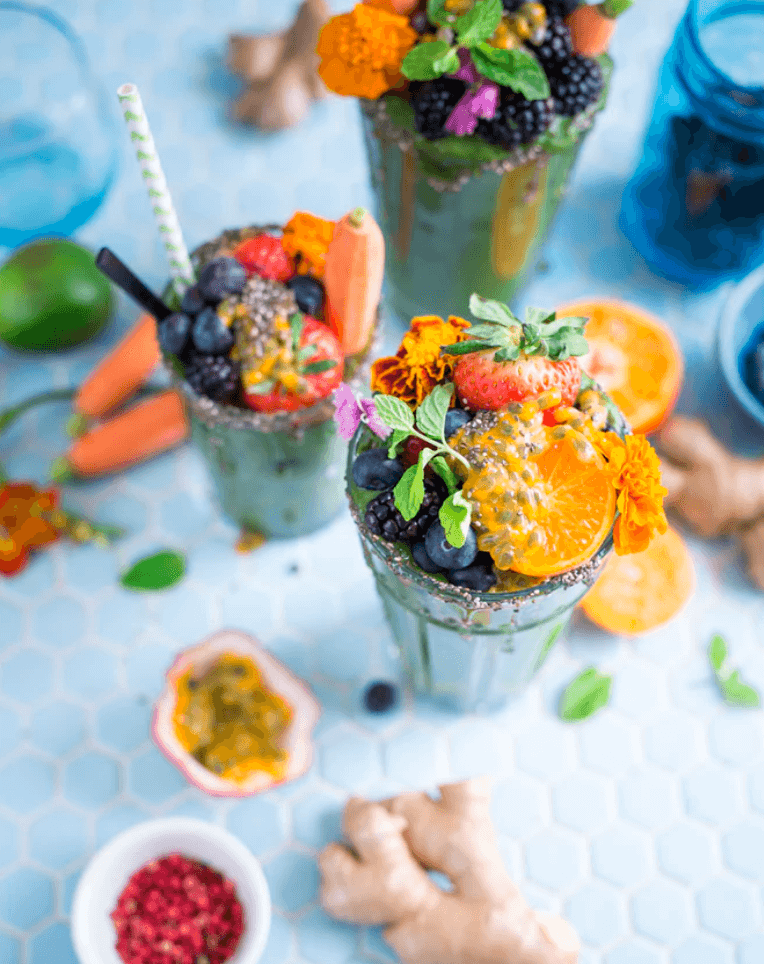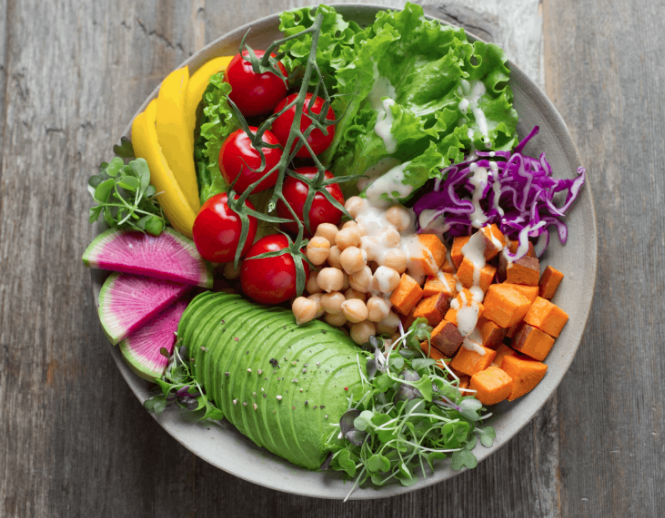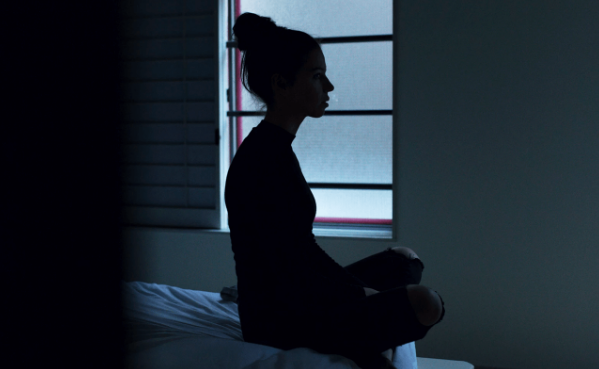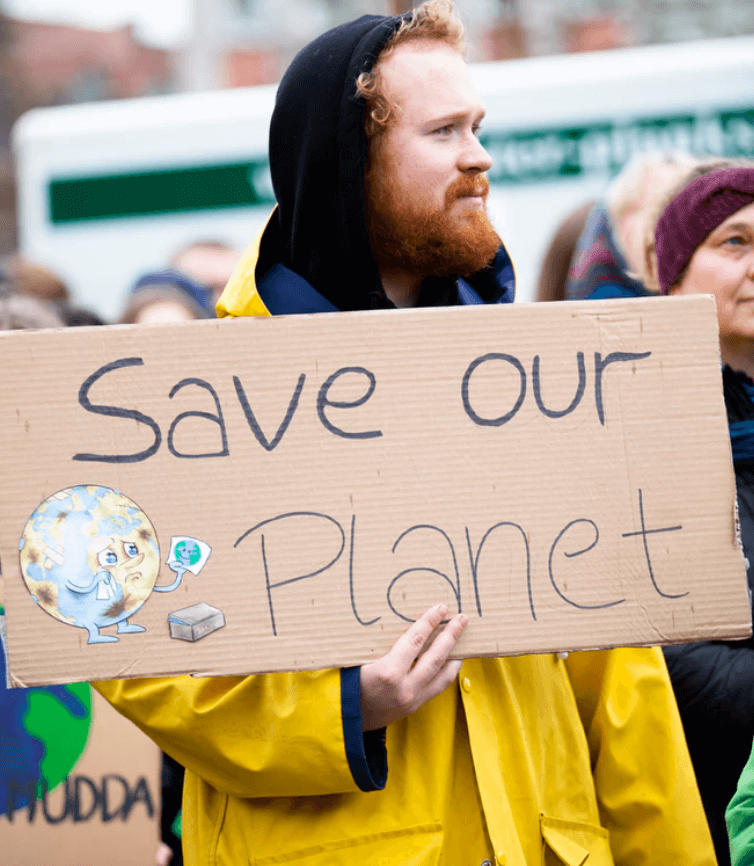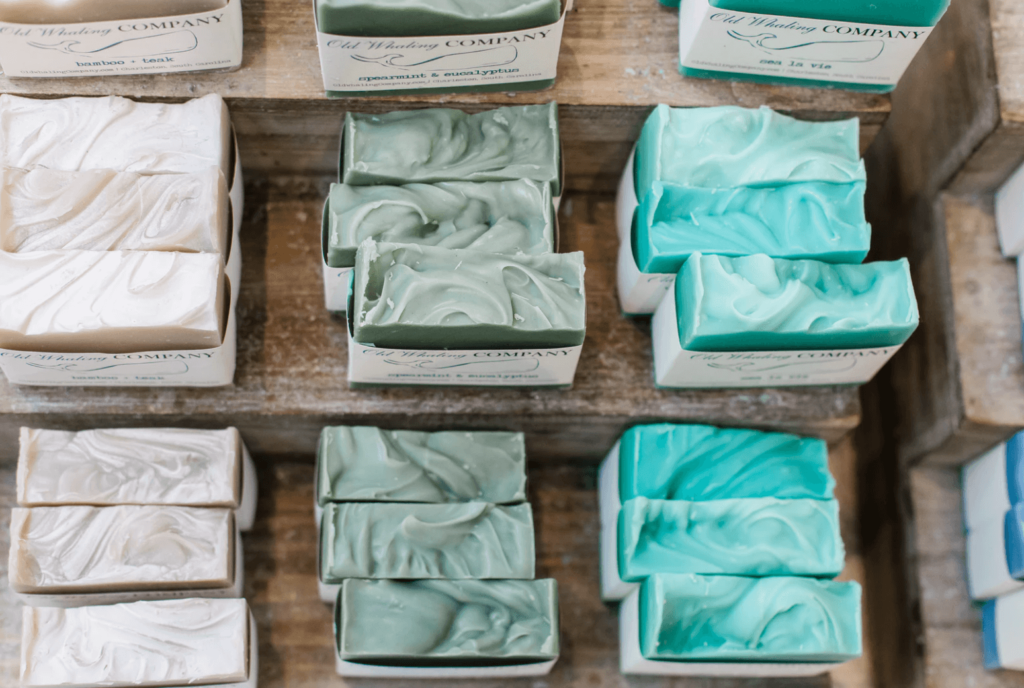It’s often said that ‘local is better’ and that spending your money at small, independent businesses is a much more ethical way of shopping.
We are told to eschew chain restaurants and stores in favour of locally owned businesses, so much so that for many of us, we don’t even know WHY exactly local is better, we just know that it’s the hipster thing to do and so we should probably do it, because after all, corporations are evil, right?
Well, I like to think that it’s not as black and white as that.
Starbucks, for example, says that it practices ‘conscious capitalism.’
In the USA, Starbucks employees are entitled to health insurance, paid vacations, and tuition reimbursement benefits that rival those of many companies in the US.

Not only that, but back in 2013, Starbucks said that it would hire 10, 000 veterans and their spouses by 2018, and by November of 2018, it had hired 21, 000, more than double its original target.
This was prior to its promise to hire 10, 000 refugees in response to Donald Trump’s executive order temporarily barring refugees from coming to the US and banning entry for anyone from seven Muslim majority countries.
It is also undeniable that large corporations create lots of jobs and they are often the most convenient and affordable option for many – I mean, there’s a reason why they’re so popular!
However, as much as larger companies have their place, shopping at locally owned businesses is not only beneficial for the local business owner, but also for you, the customer, and for your local area as a whole!
In this post, I’m going to take a look at some of the reasons why supporting local businesses is better for everyone!
Supporting Local Businesses Supports People’s Dreams
Every small business started with a dream to give the public something that wasn’t already available but oftentimes they don’t receive enough exposure.
That’s why we created Veo.
Veo is a home for unique, sustainable, and high quality products that are better for us and the world around us.
All natural and no nasties!
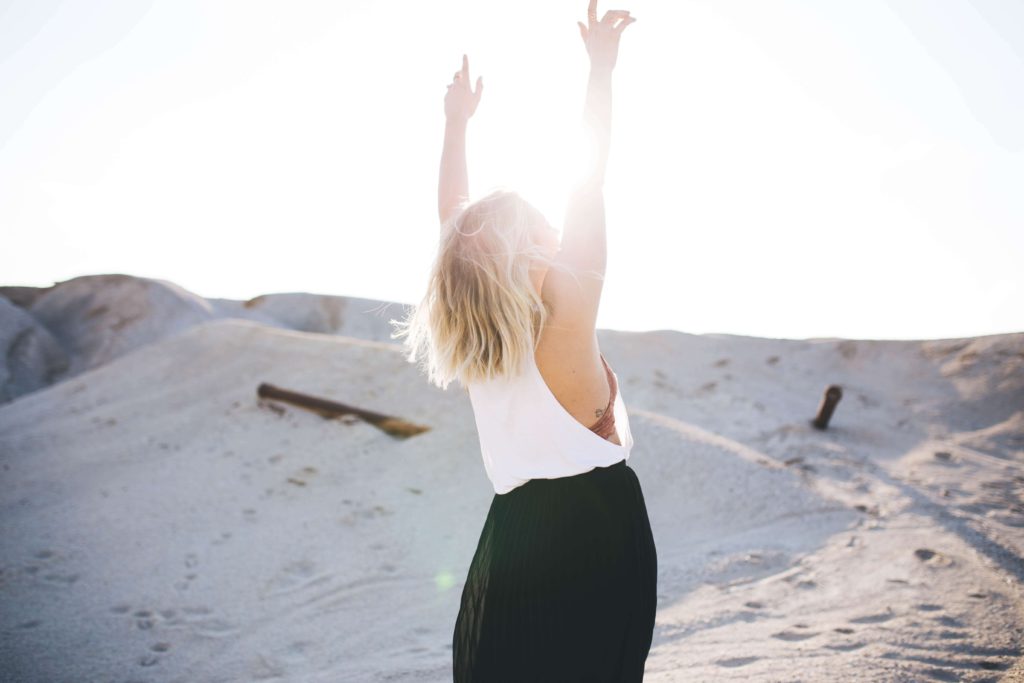
We work with small business owners are passionate about their product, and whether that be ethical clothing, locally produced wine or soap, you can guarantee that the sellers really care about what they are selling.
As I write this from Barga, Italy, a new ‘saffron shop’ has just opened.
The owners of the shop have their own saffron farm and they work with local artisans to create saffron desserts, craft beer, and more, all of local origin.
An idea like this, born out of pure dedication to the cause, is simply not something you see with huge corporations, whose primary motivation is always the money.
Service With a Smile
Of course, all businesses will have helpful and friendly staff, but local business owners go above and beyond to keep their customers happy, often cultivating real relationships with their regulars.
Local business owners will remember your order, ask about your family and gossip with you about whatever’s going on that day.
Local business owners really appreciate each individual customer in a way that a huge chain simply cannot, and that personal touch really makes a difference.
Giving Back to the Local Economy
Locally owned businesses give back to the local economy in SO many ways. Not only are they more likely to spend their money on local labour but they also hire local accountants, local attorneys, local designers and advertise in the local media.
In addition to this, because the owners of small businesses live in the area, the profits of local businesses go straight back into the local economy, which just cannot be said for large companies.
Creativity is Key!
For me, one of the best things about independent local businesses is that they are all so quirky and creative!
While larger scale businesses will roll out new ideas from time to time, they are doing so with profit in mind, and so the whole effort feels kind of manipulated.
Local businesses don’t care whether billions of people will like their take on a classic cocktail or whether their decor is for everyone.
They do what they like and the results are often way more artsy and creative than the efforts of the leading chains, who are trying to be palatable to the masses.

Uniformity is Dead
As a traveller, there is nothing I hate more than visiting a new place and seeing the same high street stores, the same chain restaurants and the same coffee shops lining every street.
What’s the point of going to a new place if it’s going to be just like the old?
You should allow new-ness into your life.
For me, the beauty of travel is to experience NEW, something that I can’t see every day in my hometown.
For example, I recently visited Plovdiv in Bulgaria, and I couldn’t believe how many independent businesses were thriving there.
From vegan brunch spots to artisan coffee shops and independent wine bars, every single place had something different to offer and it was such a welcome change from seeing the same old chains side by side.
If more local businesses were allowed to thrive, then tourism would also thrive in those areas, adding to the local economy even more and allowing destinations to maintain their authenticity.
Safer Production
What’s more is you will often find small independent businesses choosing ingredients and production methods that are better for us and the world around us.
- No harsh chemicals.
- No big factories.
- Cruelty-free.
- Sustainable.
- Ethical.
- FAIR
The Gift That Keeps on Giving
Data shows that small businesses donate a whopping 250% more to local nonprofits and community causes than big businesses.
With 81% of small businesses planning to continue giving in 2019, this trend is set to remain strong, creating even more of a reason to support small local businesses!
Some of the ways in which small businesses give back to their communities include giving to local charities, supporting youth organisations, donating to local first responders and donating food or volunteering in soup kitchens.
Knowing this, it suddenly feels a lot better spending that fraction more to shop at a small independent business rather than saving a few pennies and going to the corporate alternative.
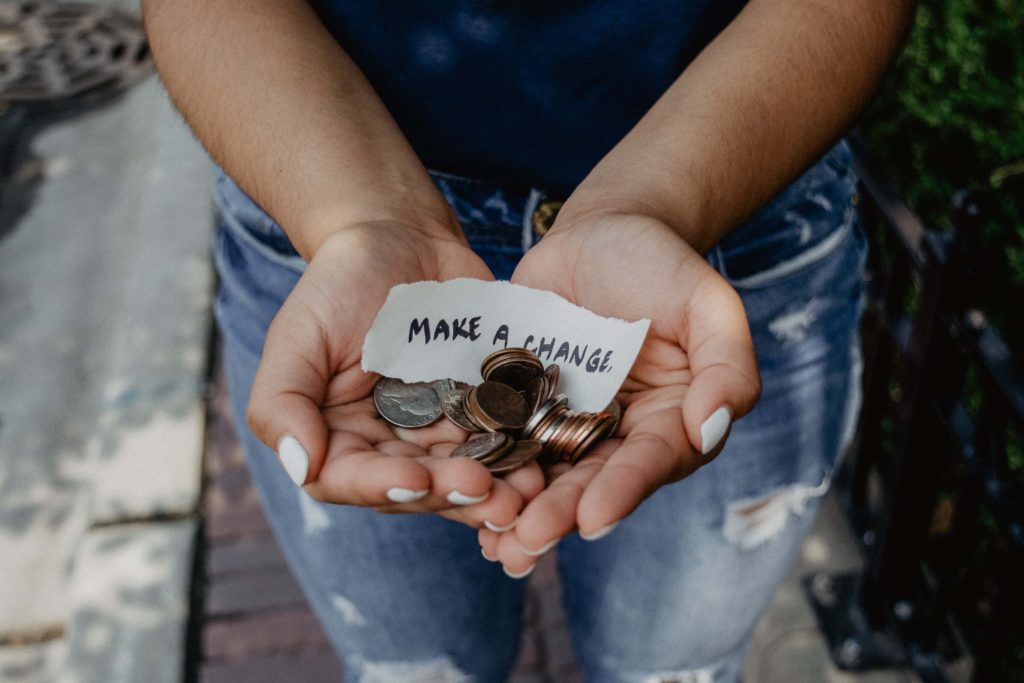
Of course, not everybody is able to pay the higher prices that local businesses often charge, but to those who CAN afford to support local businesses, know that that extra cash is probably going to a good cause!
So there we have it!
There are SO many benefits to supporting small local businesses as opposed to huge chains.
This list is by no means exhaustive, but I hope that I’ve shown you that supporting small businesses not only benefits you, the consumer, but also local entrepreneurs and the local community at large by boosting the local economy, giving to charitable organisations and creating local jobs.
I don’t mean to say that all corporations are terrible and that you should never spend your money there.
Some people simply don’t have the luxury of exclusively shopping at fancy artisan stores, and as I mentioned earlier, some businesses are doing incredible things and giving thousands of jobs to people who really need them.
If you look forward to your Pumpkin Spice Lattes every Christmas time, then I am not going to ask you to forgo them forever. All I ask is that you give local businesses a chance and maybe you’ll find out firsthand how wonderful they can be.
